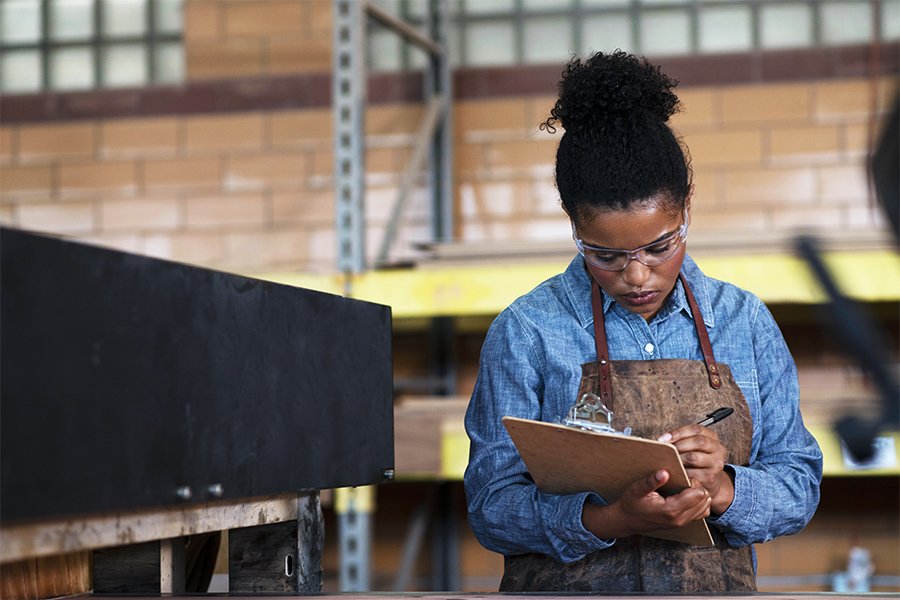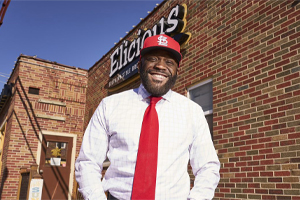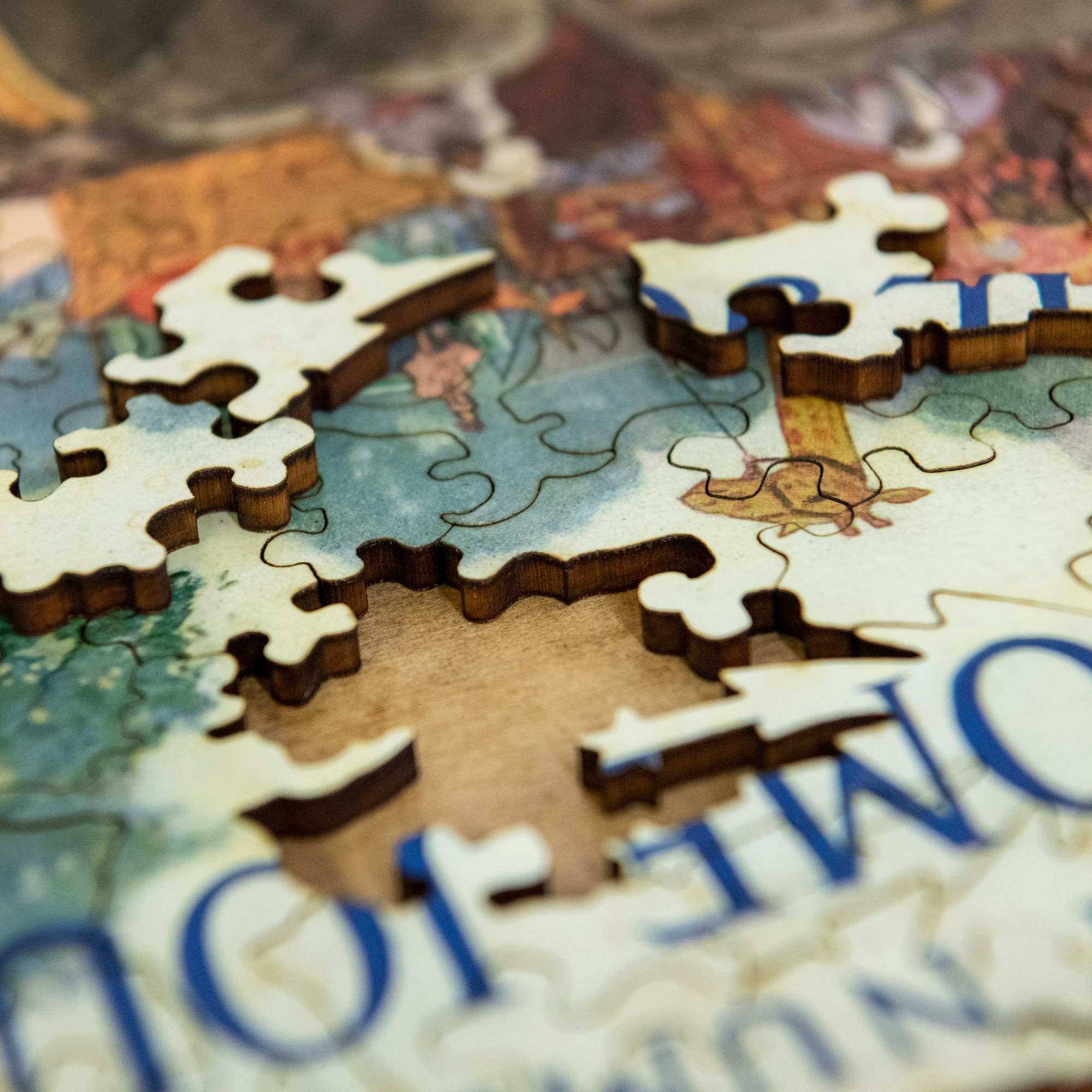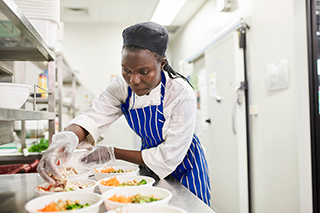
Starting a business? Follow these steps

Talent acquisition 101: Building a small business dream team

Some say that success stems from pursuing your passions whole-heartedly, and in the case of Liberty Puzzles, that couldn’t be more true. Co-founders Jeff Edridge and Chris Wirth started their business in 2005, when they decided to take their fascination with jigsaw puzzles from the 1920s and ’30s to the next level. Realizing these handcrafted puzzles weren’t easy to find, they took it upon themselves to create their own — knowing their specialty products would bring joy to others too. More than 15 years later, the duo and their growing team have attracted a large following, with a decidedly non-digital approach and product that encourages people to connect, enjoy conversation and spend quality time together. Here, Jeff shares the Liberty Puzzles story with U.S. Bank.
“The idea of this was really grown from our collective past experiences with hand-cut puzzles. Chris's family had a large selection of [historic] puzzles from a company called Falls. All of the bigger ‘whimsy’ pieces that take the shape of people, animals, complex design, or have a vignette that tells a little story, were all very common with the wooden jigsaw puzzles in the ’20s and ’30s, when the jigsaw puzzle world was as popular as today's traditional video game world is. The ability for these puzzle makers to differentiate themselves from one another was in the intricacy of the cuts.
With the advent of dye-cutting and sand presses where the cardboard puzzles came into the market, it lost that artistry. There's a translation of the image into the pieces that had been left behind as time has gone on, so our idea was to bring that product back using modern manufacturing technology. We knew we wanted to produce heirloom quality puzzles. With the majority of our processes, there's an enormous amount of work that goes into it. You definitely have to have a lifelong interest in [puzzles] to want to choose it as your profession.”

“There are two aspects of design with our puzzles — the art on the front and the pieces that are within them. We offer almost 2000 different puzzles, and each one has its own unique hand-drawn cut template.
The art that we put on the puzzles is one of the most joyful parts of our job because we look high and low in all areas that people may not have found. We're always licensing arts and contemporary artists, but we're also digging deep to try and find all the ephemera. From there, our artists will draw all the pieces by hand to tell the story of the image that's on the final puzzle. If it's a digital Hawaiian island print, there will be all sorts of fun palm trees, fish in the sea and coconuts.
We also have a lead designer that's been with us for almost our entire history. Collectively, we'll look at the subject matter of the images and have ideas that we'll all share. There are all sorts of little easter eggs that we’ll hide in the puzzles that people may or may not pick up on when they're putting it together. It makes it fun to do again, because you'll always discover new tricks and little hidden treasures.”
“There’s a certain tactile experience in terms of having a bit of heft and satisfaction in the pieces fitting together that you don’t really find otherwise. You’re using both sides of your brain because you’re not only looking at art--so you’d be finding all the blue pieces and putting them in a pile and finding all the grass pieces and putting them in a pile--with ours you’re really looking at how the shapes interact with each other as well as the color cues. We don’t have any traditional edge pieces or corner pieces.
It is a great way to bring people together around a table. It encourages conversation. Our motto is “Sit long talk much.” We see ourselves really as the anti-dote or balance to the technology that is so driven in our society today.”
“We’ve grown year-over-year for the last 15 years, and we've done it organically where we feel the demand outstripping supply. We'll add a couple of machines [as needed], and that's generally where we focus on equipment financing. We have continued that rhythm, but when we were in the COVID-19 shutdown there was [increased] demand for the products.
We’ve made the puzzles for the White House, and last year we were so inundated with orders that we actually had turned down Ellen DeGeneres and Martha Stewart. This year, we're embarking on a substantial 400% expansion. For us, it's always been a growth pattern where quality of customer services has been paramount to that.”
Get more information to help you manage and grow your business.





